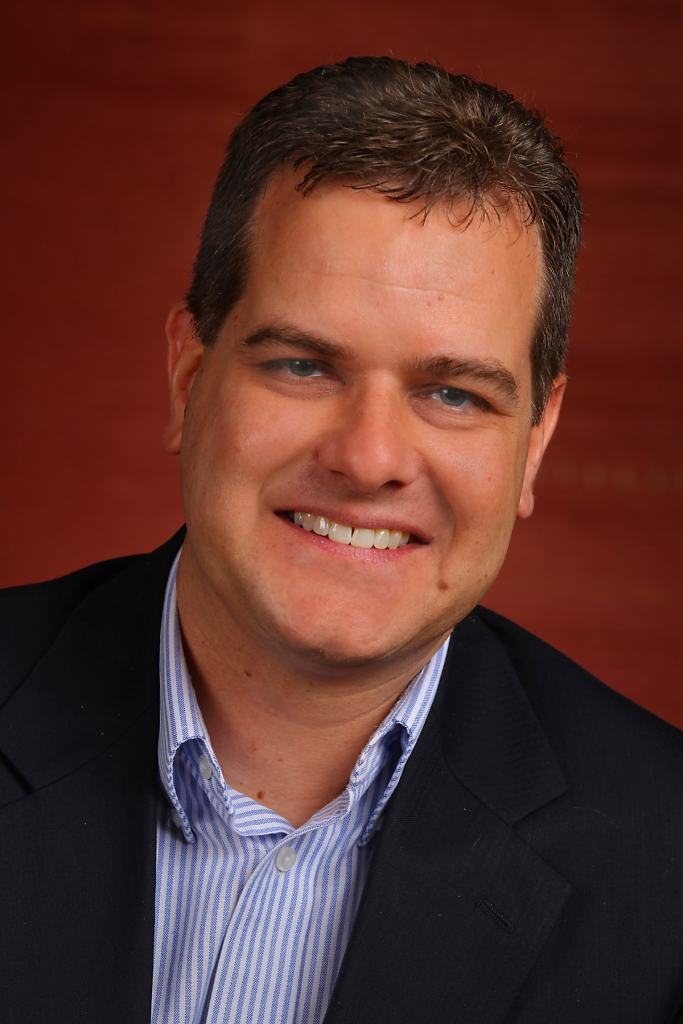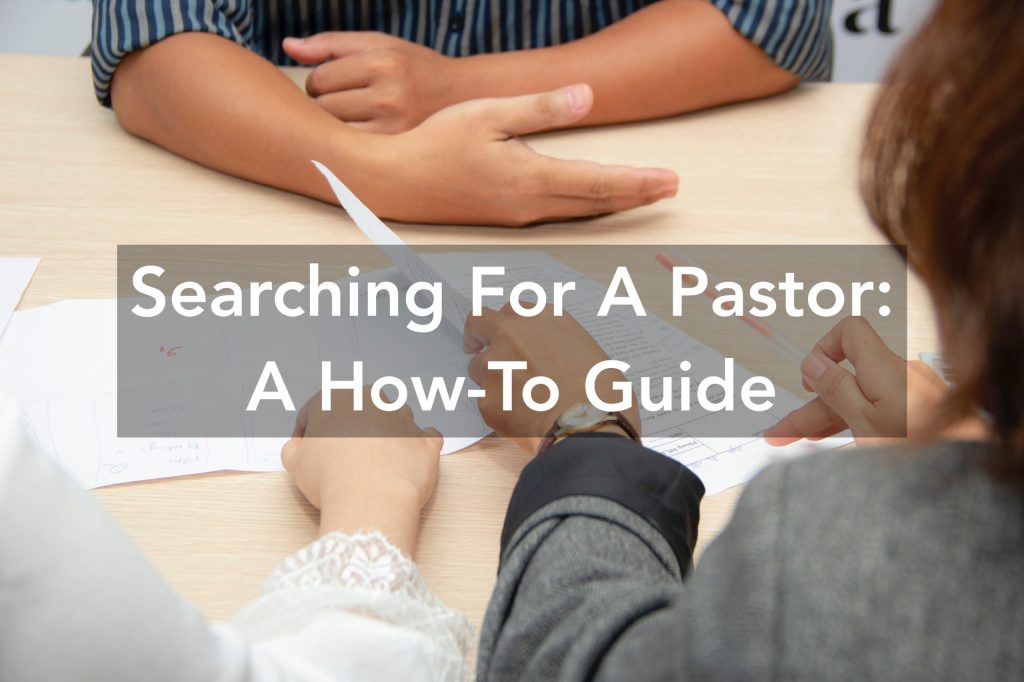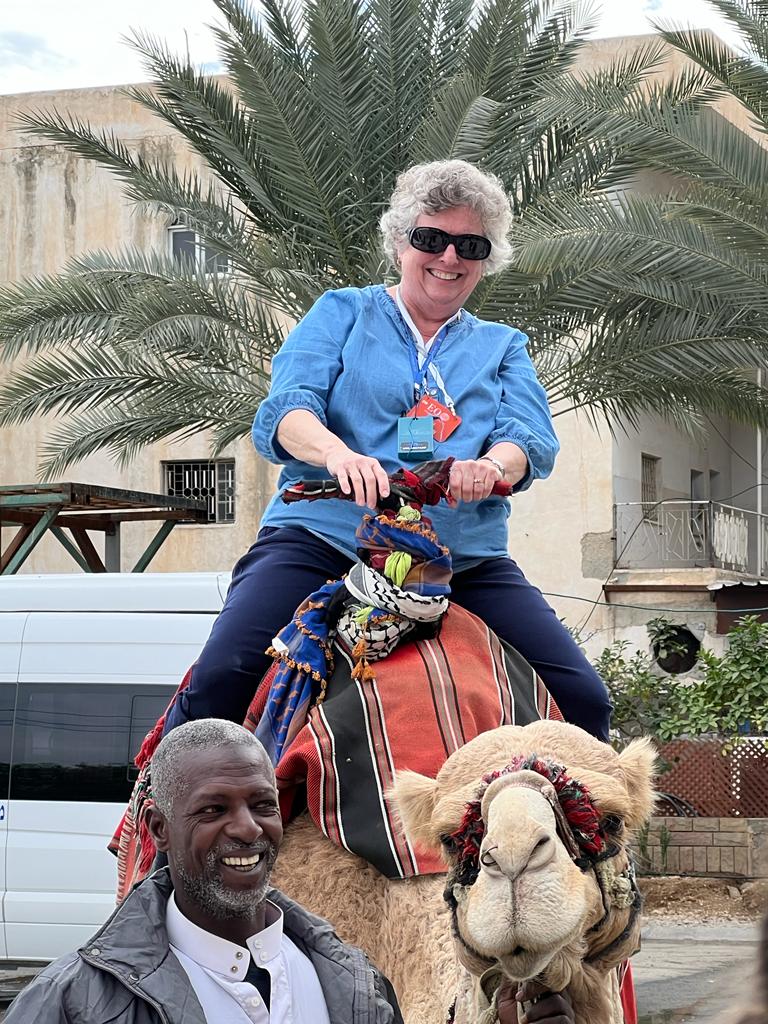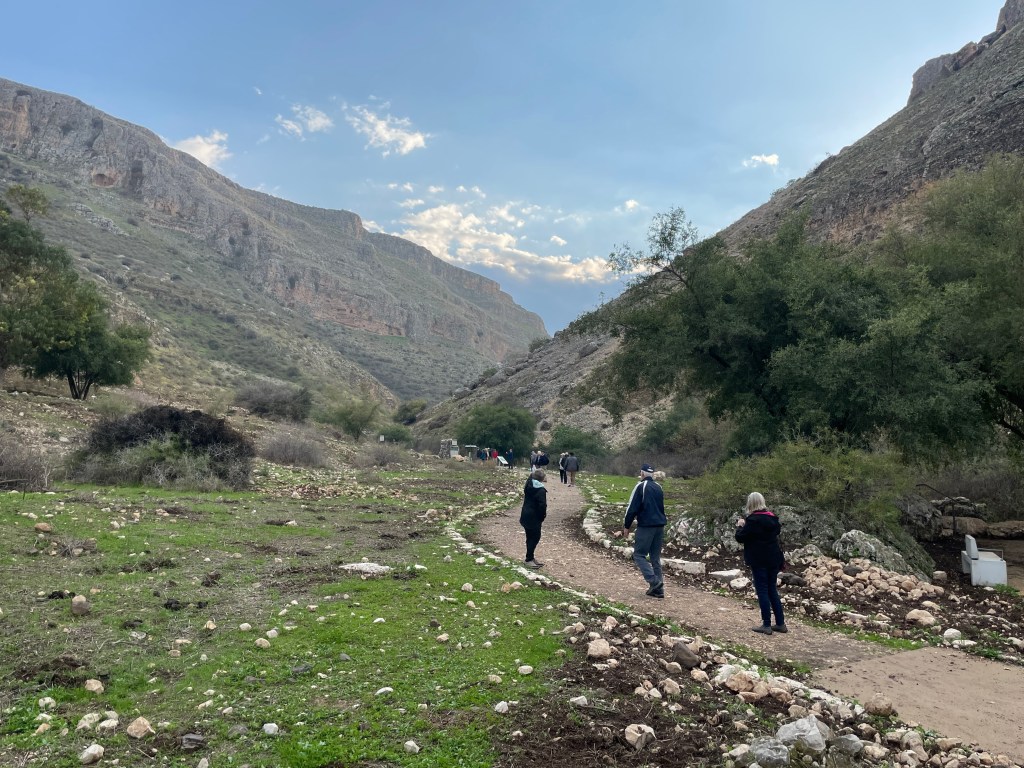
Dear Maumee Valley Presbytery Leaders,
By now many of you have heard of the many changes coming regarding the Board of Pension Benefits offerings for 2025. If you have not heard, Pastor’s Participation is phasing out, and a labyrinth of new choices are taking its place. (If you need a quick crash course, check out seasonofrebuilding.pensions.org ).
With the sizable changes coming has also come much anxiety – me included. And so I write to you – to hold this tense moment with you, but also to reassure you that God has prepared a new season for us.
Dean and I just got back late last night from a two-day Board of Pensions conference in Philadelphia. There we heard the fullness of the changes that are coming, and all of us gathered listened deeply to one another, not only about the challenges ahead, but of the emotional impact this has taken and continues to take on some parts of the Body of Christ.
I walk away from that conference with a number of things on my heart:
First, what I hear from the Board is a deep love for the church and a care for us that is unyielding. (This really shouldn’t surprise me, as they have been caring for us for generations, over 300 years – since 1717 to be exact – when Presbyterians first gathered in Philadelphia to meet regarding that newly established “Fund for Pious Uses” that birthed the Board of Pensions.)
And so we gathered again in Philadelphia, this time listening to the cries of those who did not feel that care the last couple months with the way the details were rolled out and arguably carelessly rolled out. But I assure you that love and care is there, wrapped up in the flexibility they are now offering. It is creating some chaos and confusion, because it will require all of us to change – presbyteries, pastors, churches, and even the Board – but also require of us to come to terms with the reality of our broken healthcare system in this country. We gathered together, prayed together, learned about the new Plan together, ate together, but more importantly listened deeply to one another, and emerged with some hope and rebuilt trust. It is a season of rebuilding indeed.
Dean and I also spent the last couple days listening to an outpouring of love and care held by other leaders in our denomination – fellow EPs, Stated Clerks, treasurers, COM moderators, and so many more. And so, what I know to be true is that from coast to coast, your Church is full of people committed to assisting churches and pastors as we navigate these troubled waters ahead.
Those “troubled waters” can simply be defined as the sky-rocketing healthcare costs in our country, and the reality that the 40-year one-size-fits-all model for delivering medical coverage was not a sustainable model. The Board has moved into a model that provides more flexibility and choice. So there is an opportunity for many of our churches to actually save money, with cheaper coverage. With that same flexibility, we also know that ultimately pastors needing family coverage are going to be higher, and it will be more complicated to get to a just and equitable way to view coverage for them.
In the midst of all the difficult news, we were reminded of so many other things — as they implored us to hold on to the “flexibility and choice” they had just laid out, and not so quickly jump to new rules, new minimums, new presbytery policies, and frankly new ways to try to hold on to a past that already showed itself to be broken. We were reminded that equity comes in many forms, especially when it means some churches now offering affordable coverage to their CRE pastor for the first time because for the first time it is affordable. We were invited to think about those who have been left without coverage for some time because of the labyrinth of rules we have convinced ourselves would create equity, but forgetting those rules only applied to one class of church employees in our midst. We were reminded that of those ministers with spouses, 76% of those spouses are employed, and when you take a deep dive on the numbers, for many of them they were doubly insured. We were also reminded that the General Assembly Office had moved away from Pastor’s Participation all the way back in 2017 because of equity issues, treating all employees the same, using the Menu Options/ Ala Carte options, and that today they are stronger for it. We were reminded of how our Plan has been the last to adopt this kind of change, but that most secular companies and our ELCA, UCC, and Methodist counterparts have had this model of healthcare coverage for years.
We were also reminded that for those currently on Pastor’s Participation the maximum rate increase any church will see in 2025 Dues is 4%, which buys presbyteries and congregations some time before more profound changes come in 2026.
To all of these things I say….
Benefits may not be coming like they used to, but we are going to rise to the occasion and be just fine. I know your hearts here in Maumee Valley. I know that you hold the same things dear as I do. We are committed to caring for one another and for our pastors. We are committed to caring for our pastors with families. We also know we are in the midst of a clergy shortage and the last thing we want to do is deny caring for our pastors just at this critical moment when many of them are anxious about the future.
I walk away from Philadelphia with a renewed sense of hope for our collective future, in part because I sensed the love and care for the church spill out into nearly every conversation I had, and I know it to be from God. I see other colleagues in the grip of God’s love, and I trust it will carry forth in our denomination, our pastors, their families, and the whole family of God. Two nights ago as I shared some fellowship time with Cindy Kohlmann, the former Moderator of the General Assembly and now co-presbytery leader of New Castle Presbytery, she shared the most clear and succinct vision of that care I can articulate:
So I hope you can agree with me on some of the foundational principles as we move forward: 1) Full medical coverage is a value we will uphold. 2) An “assumed savings” is not the starting point of the conversation, but the previous commitments we have made to pastors and their families. Any “savings” is a gift for more care. 3) We as Maumee Valley Presbytery are going to come alongside with support, resources, and guidance.
In the last couple weeks, your Leadership Commission has already met with Luke Choi, our Church Consultant from the Board of Pensions to hear how as leaders we can best assist you all as we move forward together. A week later we gathered again to begin that work. We will thoughtfully and carefully move forward with any policy recommendations, but not before we visit with each and every one of you to hear about your specific family challenges, concerns, and the path you see.
I also invite you to this upcoming Presbytery meeting on May 21. We will gather at 3:00pm at FPC Monroe. Luke Choi will be there to walk us through the 2025 Benefits changes.
I believe ultimately we will be a stronger Church with these changes, and that God has led us to this point, and is preparing us for a new season of the Church’s life.
Finally, I ask you to be in prayer for one another as we navigate these challenges and pave the way for God’s new future. We serve a hurting and conflicted world that at this moment needs the hope of the Gospel perhaps now more than at any time in my lifetime, and is in desperate need of strong and supported leaders. So trusting in the providential love of God, may we seek to love one another as best we can, together embracing a renewed season of peace and justice that God desires and promises for all the world.
In His Grip,
-Matt






